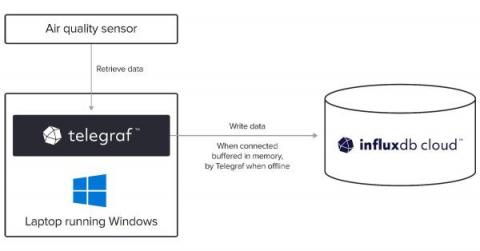Import JSON data into InfluxDB using the Python, Go, and JavaScript Client Libraries
Devices, developers, applications, and services produce and utilize enormous amounts of JSON data every day. A portion of this data consists of time-stamped events or metrics that are a perfect match for storing and analyzing in InfluxDB. To help developers build the applications of the future, InfluxDB provides several ways to get JSON data into InfluxDB easily.











